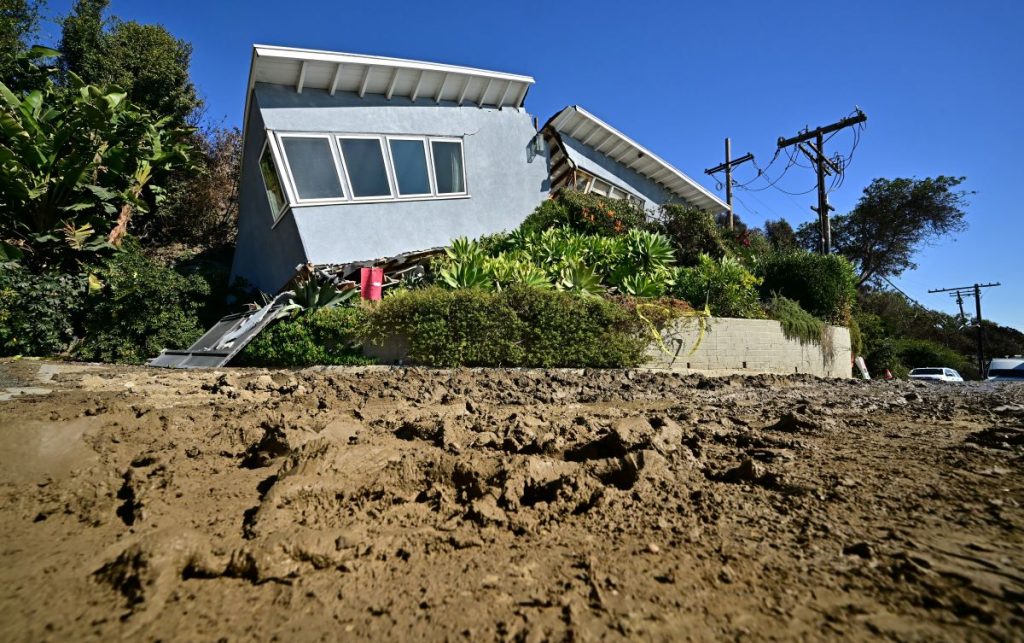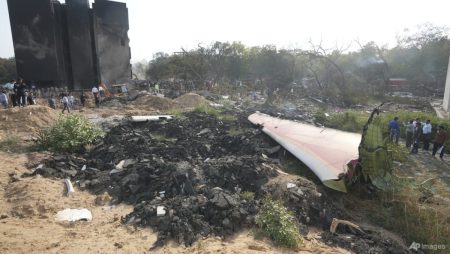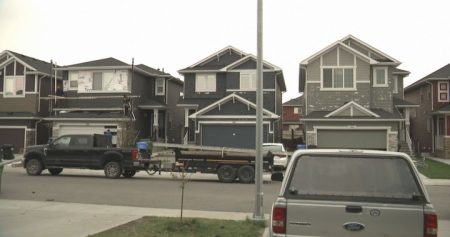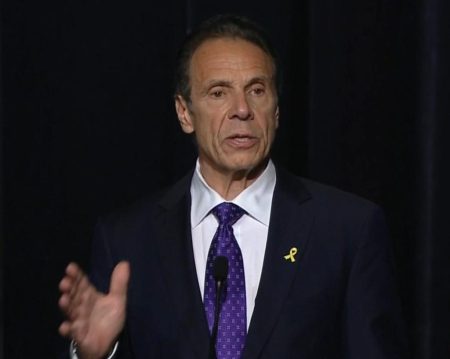Southern California is poised to receive its first substantial rainfall in several months, a development laden with both promise and peril. The region, parched by an extended period of drought and ravaged by recent wildfires, eagerly awaits the much-needed moisture. However, the anticipated precipitation also carries the risk of triggering mudslides and debris flows in fire-scarred areas, posing a significant threat to lives and property. This impending weather event underscores the complex interplay between natural phenomena and the vulnerability of landscapes altered by both drought and fire.
The drought, which has intensified in recent months, has left nearly 70% of California abnormally dry and 40% experiencing drought conditions, according to the U.S. Drought Monitor. The impending rainfall is expected to bring some relief, replenishing dry vegetation and improving air quality by washing away accumulated ash and particulates. Coastal areas and valleys are projected to receive up to half an inch of rain, while foothills and mountains could see over an inch. This precipitation, while welcome, creates a precarious situation in areas where wildfires have stripped the land of its protective vegetative cover, leaving the soil exposed and susceptible to erosion.
The arrival of the rain, expected to begin this weekend and peak on Sunday, coincides with a drop in snow levels, forecast to reach 4,500 feet on Saturday and potentially as low as 4,000 feet by Saturday night. This confluence of rain and snow at lower elevations further complicates the situation, potentially exacerbating the risk of flooding and mudslides. The saturated soil, coupled with the steep terrain in mountainous regions, creates a recipe for rapid runoff and the potential for devastating debris flows. This dynamic highlights the delicate balance between the beneficial effects of rainfall and the destructive potential it holds in a landscape scarred by fire.
The recent wildfires, including the devastating Palisades and Eaton fires, have scorched over 37,000 acres and tragically claimed at least 28 lives. These fires, fueled by dry conditions and strong winds, have left vast swaths of land vulnerable to the erosive forces of heavy rainfall. The removal of vegetation, which typically anchors the soil and absorbs rainfall, significantly increases the likelihood of mudslides and debris flows. These fast-moving torrents of mud, water, and debris can cause significant damage to property and pose a grave danger to human life. The anticipation of heavy rainfall in these fire-scarred areas has prompted authorities and residents to brace for the potential consequences.
Recognizing the potential hazards, California Governor Gavin Newsom has emphasized the heightened risk posed by winter storms in wildfire-affected areas. He has highlighted the ongoing efforts of crews working to mitigate the potential for debris flows and mudslides. The gravity of the situation is further underscored by warnings from meteorological experts. AccuWeather Senior Meteorologist Heather Zehr has stressed the extreme dryness of Southern California and the potential for serious problems if excessive rain falls too quickly in burn scar areas. This emphasizes the critical need for residents near these areas to remain vigilant and prepared for possible evacuations.
As the rain approaches, authorities are actively working to mitigate the potential risks and protect residents in vulnerable areas. Fire crews continue their efforts to contain the remaining wildfires, while residents near burn scar areas are being urged to remain alert and prepared for potential evacuations. Drivers are also advised to exercise caution due to the anticipated slick road conditions, especially near wildfire zones where ash and debris could create hazardous driving conditions. This proactive approach underscores the importance of preparedness and community awareness in mitigating the potential impacts of this impending weather event. The combination of drought, wildfires, and heavy rainfall presents a complex challenge, highlighting the interconnectedness of natural processes and the need for vigilance in the face of evolving environmental conditions.










